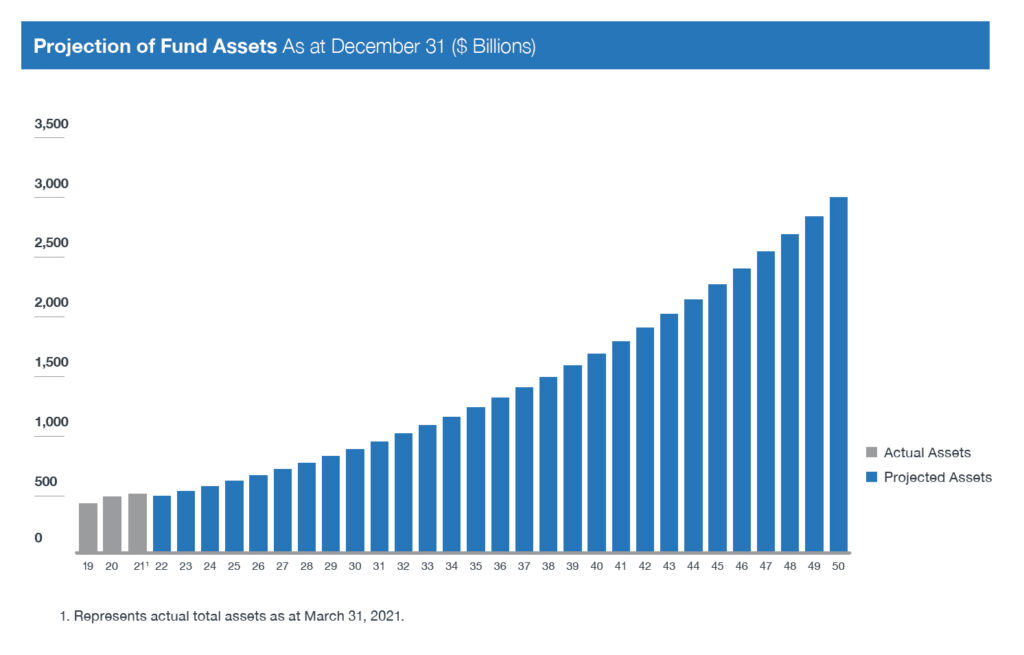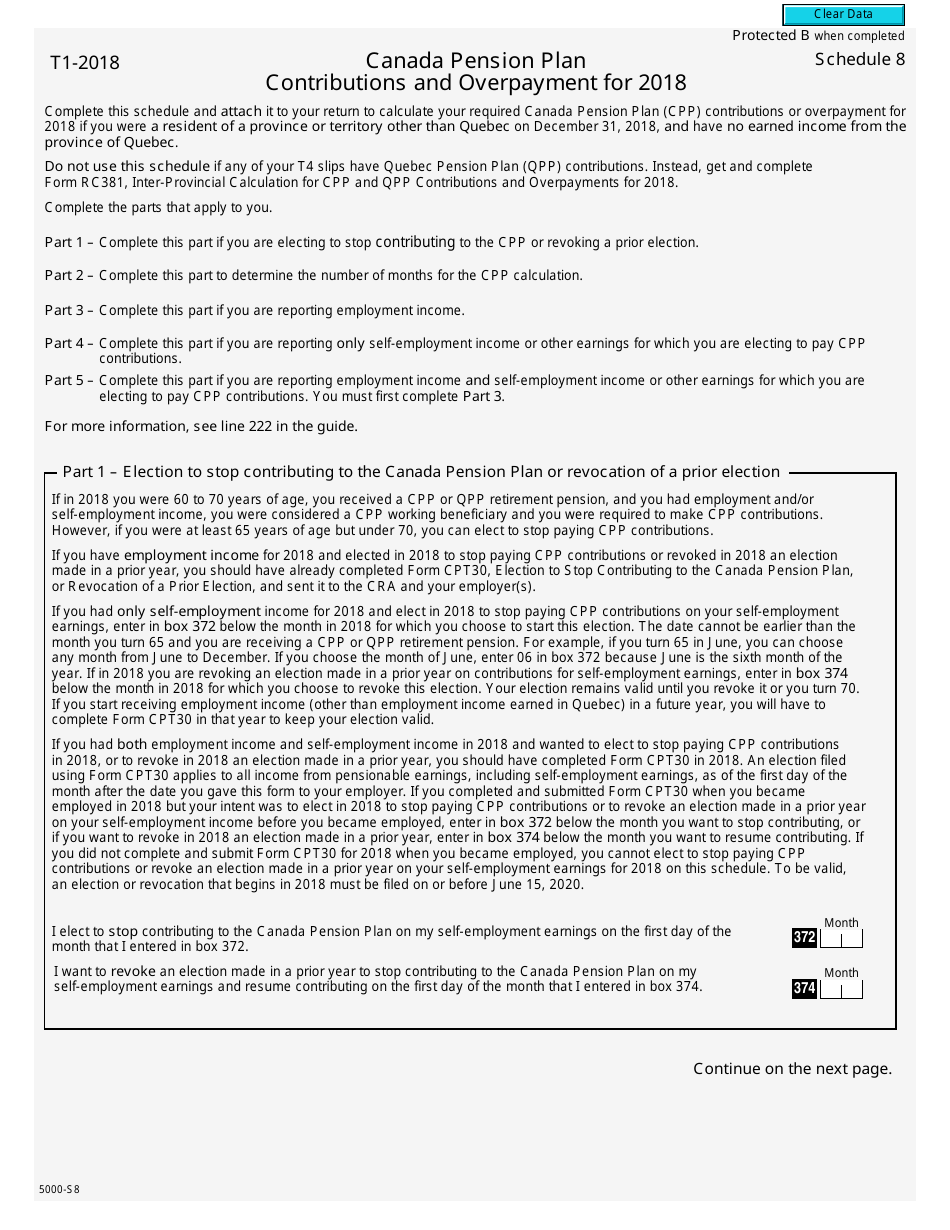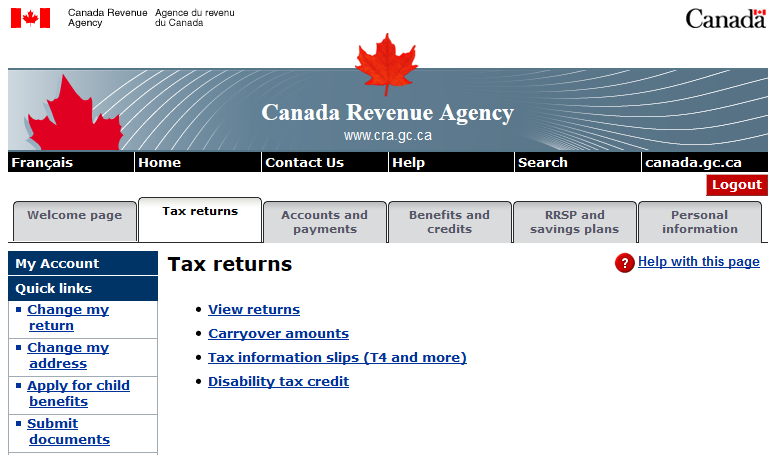

EMPLOYERīy law, employers are responsible for deducting the above amounts from employee earnings and remitting them to the CRA, in addition to the employer portions of the CPP and EI contributions.Įverything you need to know from opening a payroll account to remitting the deductions and filing your T4 Summary at year-end are outlined on the CRA website. For individual calculations, you can use the Canada Revenue Agency’s (“CRA”) Payroll Deductions Online Calculator to determine the appropriate amounts to withhold. The exact amount for each payroll deduction varies depending on the province of employment. Employee contributions to Employment Insurance (“EI”).Employee contributions to the Canada Pension Plan (“CPP”).In Canada, the three government-mandated payroll deductions consist of:

Payroll deductions are amounts withheld (or rather, “deducted”) from an employee’s gross pay on their payroll cheque by their employer and can be separated into 2 categories – government-mandated deductions and voluntary deductions (contributions to a private pension plan, RRSP Savings plan, or union dues). However, due to some key differences in how they apply if you are an employer vs self-employed, there continues to remain some confusion about what they are and how they apply to each group.

Payroll deductions are something all businesses need to consider.


 0 kommentar(er)
0 kommentar(er)
